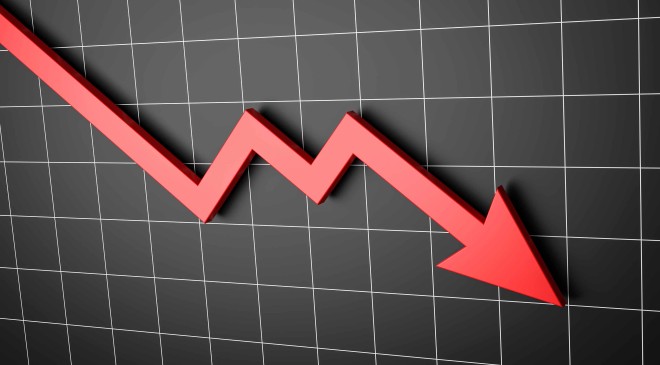This has been a banner year for stocks. The S&P 500 index has jumped 12%, hitting a record high of 5,372 Tuesday.
The market has benefited from expectations that the Federal Reserve will cut interest rates soon. And when it looks like the Fed will keep rates higher for longer, equity bulls have pointed to the resilient economy and rising earnings as reasons for the gains.
Read More:- NVDA Stock Alert: This Analyst Says Nvidia Could Become 15% of the S&P 500
As for rates, interest-rate futures indicate the Fed will likely trim rates once or twice this year, beginning in September or November, according to the CME FedWatch Tool.
Experts agree almost unanimously that the Fed will leave rates unchanged at its meeting on June 12.
As for the economy, it grew by 1.3% annually in the first quarter, and the Atlanta Fed’s forecasting tool points to a 3.1% expansion in the second quarter.
Read More:- US Stocks Are ‘Overpriced’, Warns Peter Schiff: ‘If You Know You Can’t Do Your Own Homework Then …’
One recent sign of strength was the 272,000 gain in May payrolls, which smashed economists’ forecasts.
Strong earnings results
Over 99% of S&P 500 companies reported first-quarter results as of June 7, according to FactSet. The year-on-year blended earnings growth for the companies that have reported and expected earnings for those that haven’t totaled 5.9%.
That’s the highest rate since the first quarter of 2022.
But the earnings increases haven’t kept pace with stock-price increases. The S&P 500 forward price-earnings ratio registered 20.7 as of June 7, according to FactSet. That topped the five-year average of 19.2 and the 10-year average of 17.8.
Read More:- The S&P 500 Has Reached Another Record High: 2 Growth Stocks to Buy for the Long Haul
Some experts say stocks are overvalued, but others maintain that future earnings gains will justify further appreciation for the market.
RBC’s surprising take on the stock market, interest rates
RBC Capital Markets has a nuanced view. “Moderating inflation and a bit of interest rate relief can keep the price-earnings multiple of the stock market higher than many investors have believed is possible,” Lori Calvasina, its head equity strategist, wrote in a commentary.
Still, she said, that would likely only leave the S&P 500 at 5,100 at year-end, compared to 5,366 on Tuesday. That’s not encouraging.
Worse, if sticky inflation prevents the Fed from cutting rates this year and 10-year Treasury yields don’t quite reach 5%, she said, that would probably leave the index at 4,900.
The Fed’s favored inflation indicator, the personal consumption expenditures (PCE) price index, rose 2.7% in the 12 months through April, breaking the Fed’s target of 2%. The 10-year Treasury yield stood at 4.41% Tuesday.
In an even more alarming scenario, if the Fed increases rates a few times this year, PCE inflation climbs above 3%, and the 10-year Treasury yield reaches 5.5%, Calvasina said, that could push the S&P 500 to 4,500 at year-end.
Read More:- S&P 500 is now giving a ‘buy’ signal and there’s strong support for a summer rally
Harvard economist Larry Summers, former Treasury secretary, has said there’s a 15% to 25% chance that the Fed’s next rate move will be an increase.
Dividend stock opportunities
If you do want to get into stocks now but are looking for a margin of safety given the market’s current uncertainty, you may want to consider dividend stocks.
They often provide regular – sometimes rising – income and offer a chance for capital appreciation.
Read More:- Meet the Newest AI Stock in the Dow Jones, and the Stock-Split Stock That Could Join the Iconic Index Next
The tradeoff for this safety is that dividend stocks frequently generate returns below those of growth stocks. Dividends are common for companies in low-growth businesses, such as utilities, consumer staples, and financial services.
“Going back to 1960, 85% of the cumulative total return of the S&P 500 index can be attributed to reinvested dividends and the power of compounding,” according to a report from Hartford Funds.







































